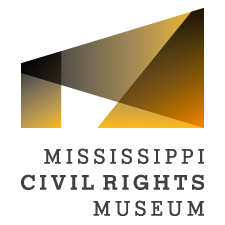Boycotts and Lunch Counter Sit-Ins
"Black Christmas" reached Jackson in December 1962 as students and community leaders boycotted downtown merchants. They demanded courtesy titles, equality in employment, and an end to all Jim Crow practices. On May 28, 1963, Tougaloo students and faculty sat-in at the Woolworth’s lunch counter. They were assaulted by a white mob of Jackson Central High students and had to be escorted out by police. The scene was shown on the local news, and transformed the boycott into a mass movement.
